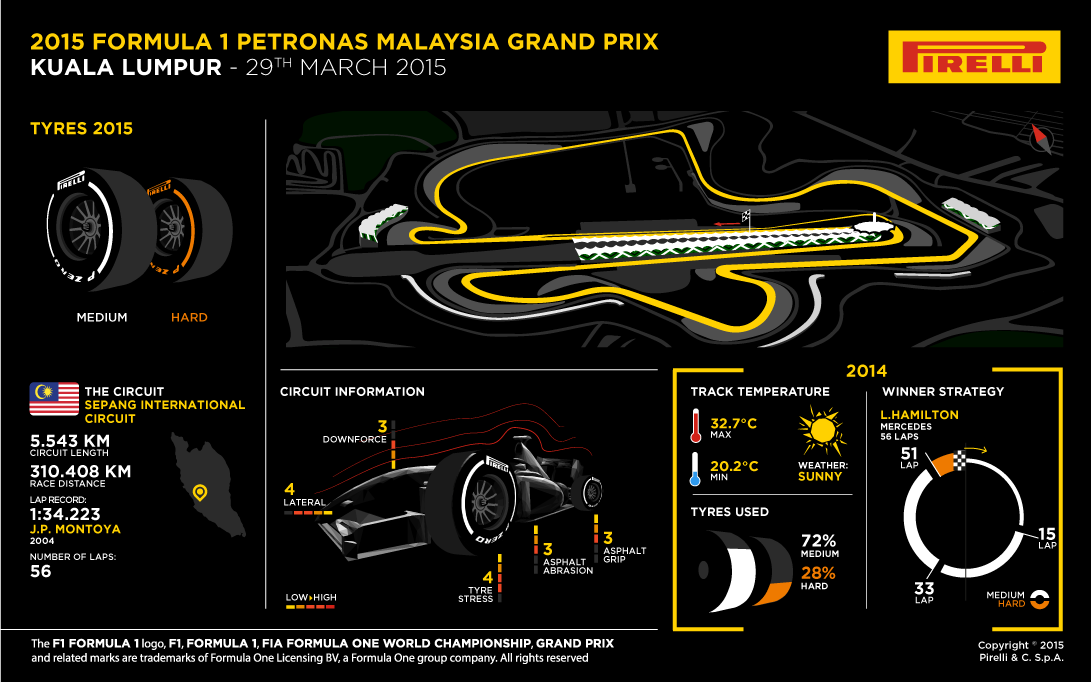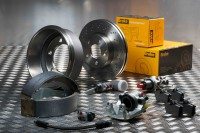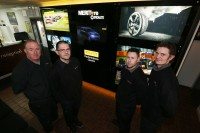Likely 1st outing for Pirelli F1 Cinturato wet tyres in Malaysia

While the abrasive Sepang surface has led to Pirelli supplying its two hardest compounds – the P Zero White medium and Orange hard slicks – to Formula One’s second grand prix of the season, the likelihood of intense rain means the 2015 Cinturato wet tyres could see competitive action in Malaysia. If the slick tyres do see use, Pirelli once again anticipates lap times around two seconds quicker than in 2015, which will “exponentially increase the workload on the tyres,” explains Paul Hembery, Pirelli motorsport director.
He added that the increased workload “will be particularly in evidence at Sepang, which has some of the most abrasive asphalt we race on all year and a number of fast corners that take a lot of energy out of the tyres, as well as high ambient temperatures.”
Hembery predicts a return to at least two stops per car in Malaysia – “perhaps more if the weather gets in the way” – following the safety car-enabled one-stop strategy widely employed in Australia. “Wear and degradation is traditionally very high in Sepang, so managing the tyres and the strategy carefully will be key to success,” Hembery said.
Pirelli also explained the particular challenge posed to tyres in Malaysia, which has fast corners with big lateral loads, rough asphalt, high ambient temperatures and a bumpy surface, as a result of the swamp on which the track was built. “As a result, both mechanical and thermal degradation are important factors,” Pirelli said. “The cars tend to run high downforce in Malaysia, adding vertical forces to the varied demands faced by the tyres.
“Because it rains almost on a daily basis in Sepang, the rubber laid down on the circuit tends to get washed away between each session. This makes the pattern of track evolution quite hard to predict, and also increases the risk of race stoppages and safety cars (the Malaysian Grand Prix has been halted early on more than one occasion). Drainage is a problem, leading to pools of standing water.
“If it does rain during the race, judging the crossover point could make the difference between winning and losing. This is the point at which it becomes faster to switch from one type of tyre to another. With very little wet running so far this year, teams will prioritise gathering information on crossover points if it rains during free practice: data that could be crucial for the race.
“The most stressed tyre in Malaysia is the front-left, so this is the one that the drivers will have to watch: especially at the beginning of the race when the cars are fuel-heavy and it is easy to lock up and take life out of the tyres.
“Last year’s strategy and how the race was won: The top two finishers in Malaysia last year (Lewis Hamilton and Nico Rosberg) used exactly the same three-stop strategy: three stints on the medium tyre followed by a short stint on the hard tyre at the end. They fought closely for the lead, with tyre strategy proving crucial to their battle, while the highest-placed two-stopper was Nico Hulkenberg in fifth. The race lasts 56 laps.”
Pirelli said it expected a performance gap of 1.0-1.2 seconds per lap between the two compounds.





Comments